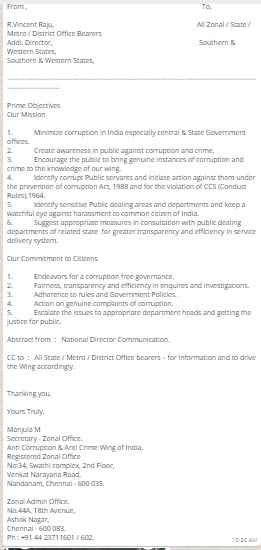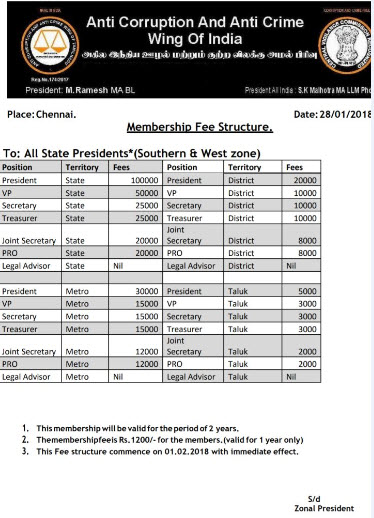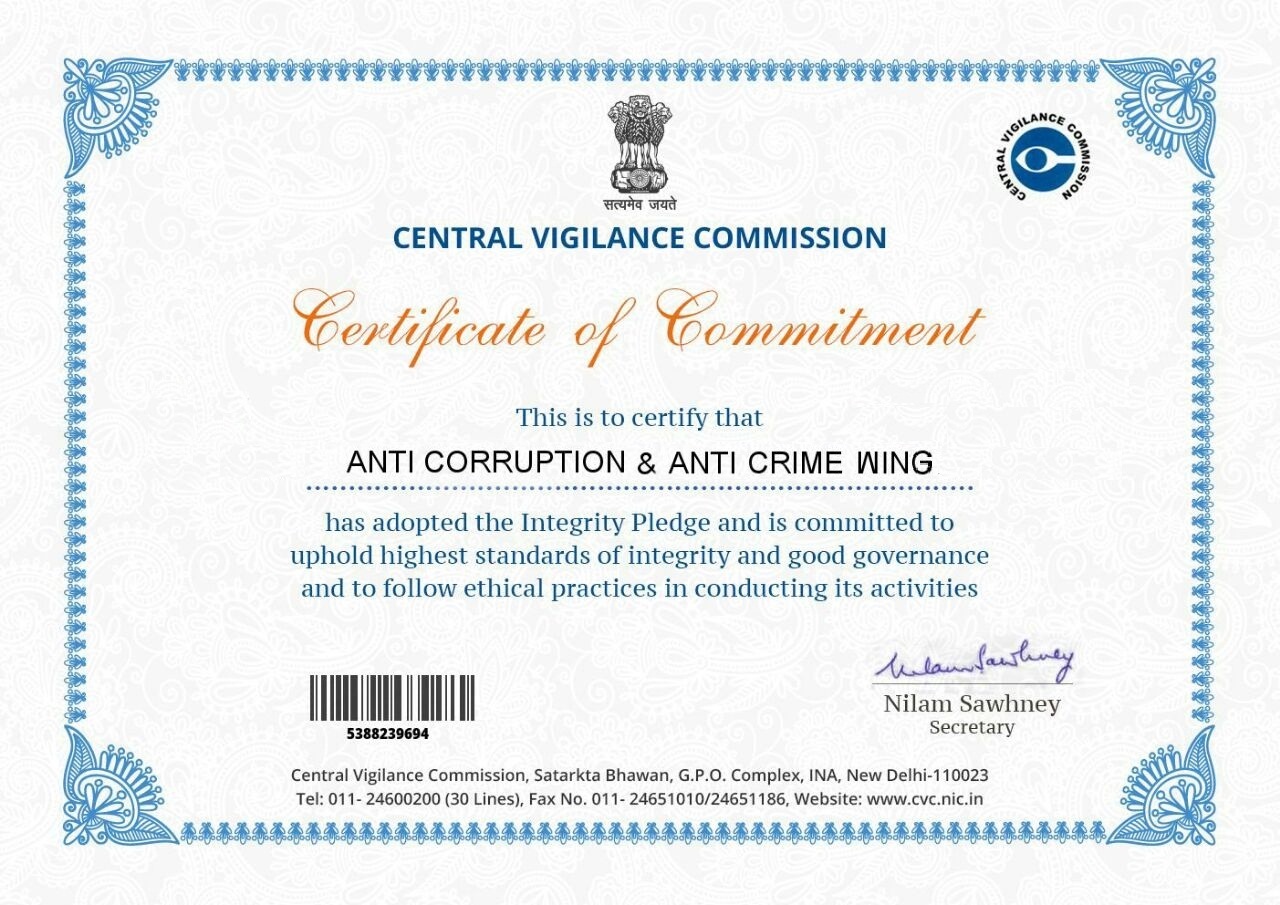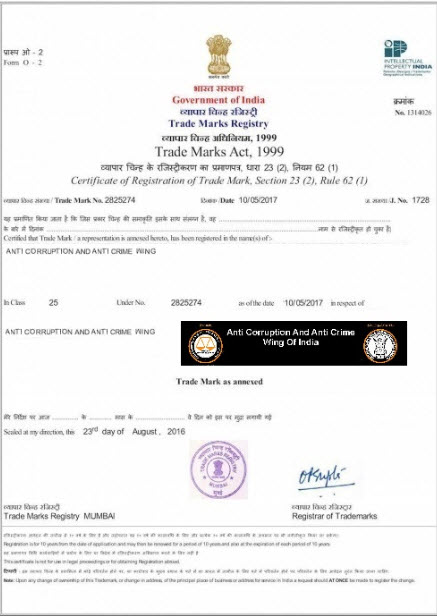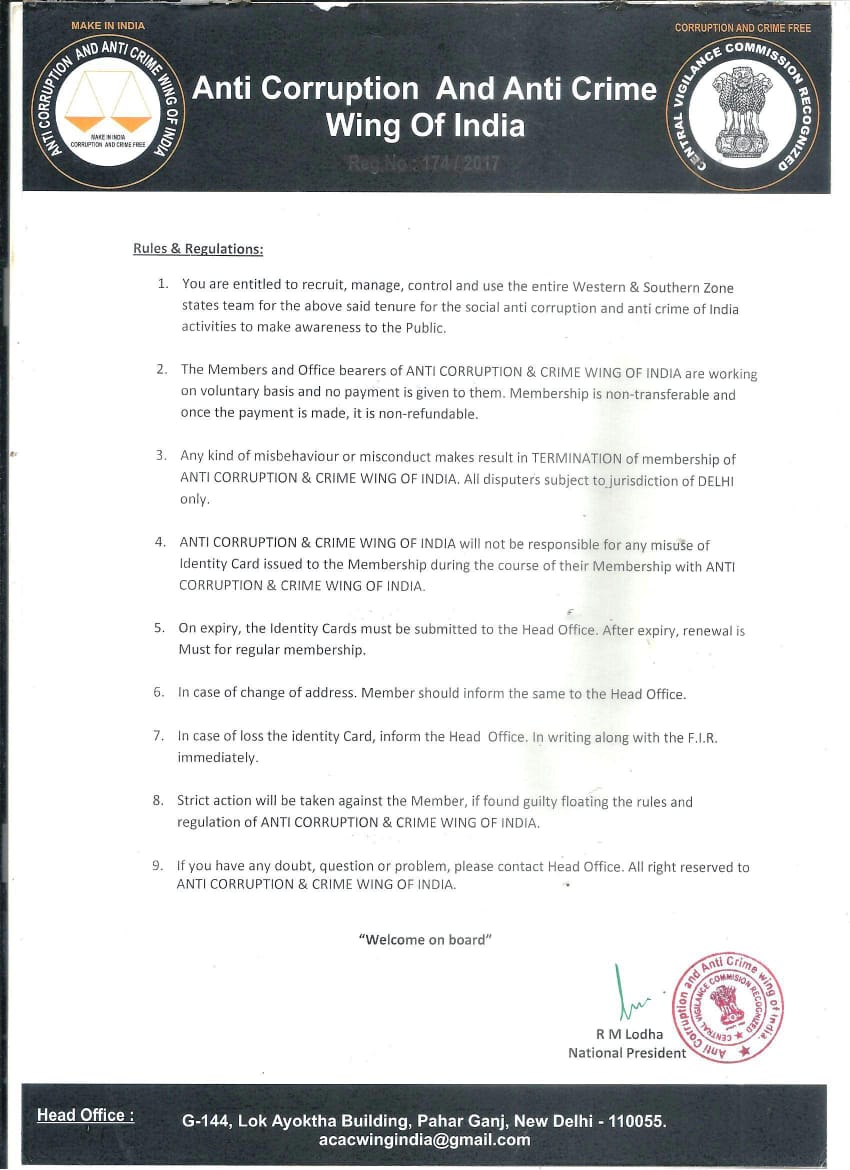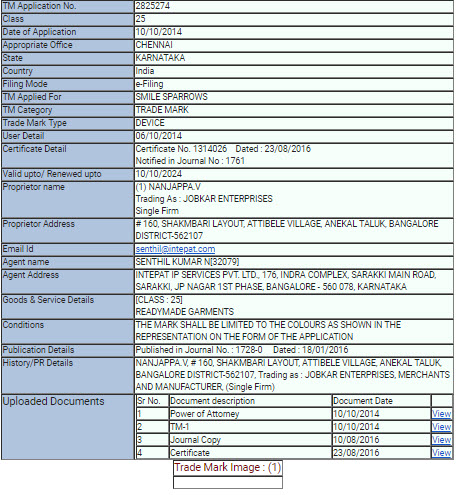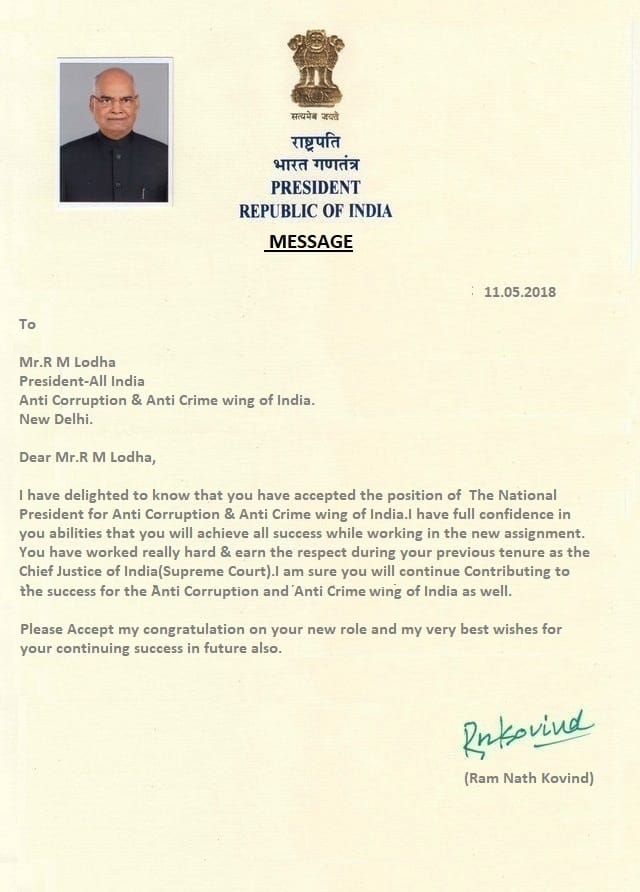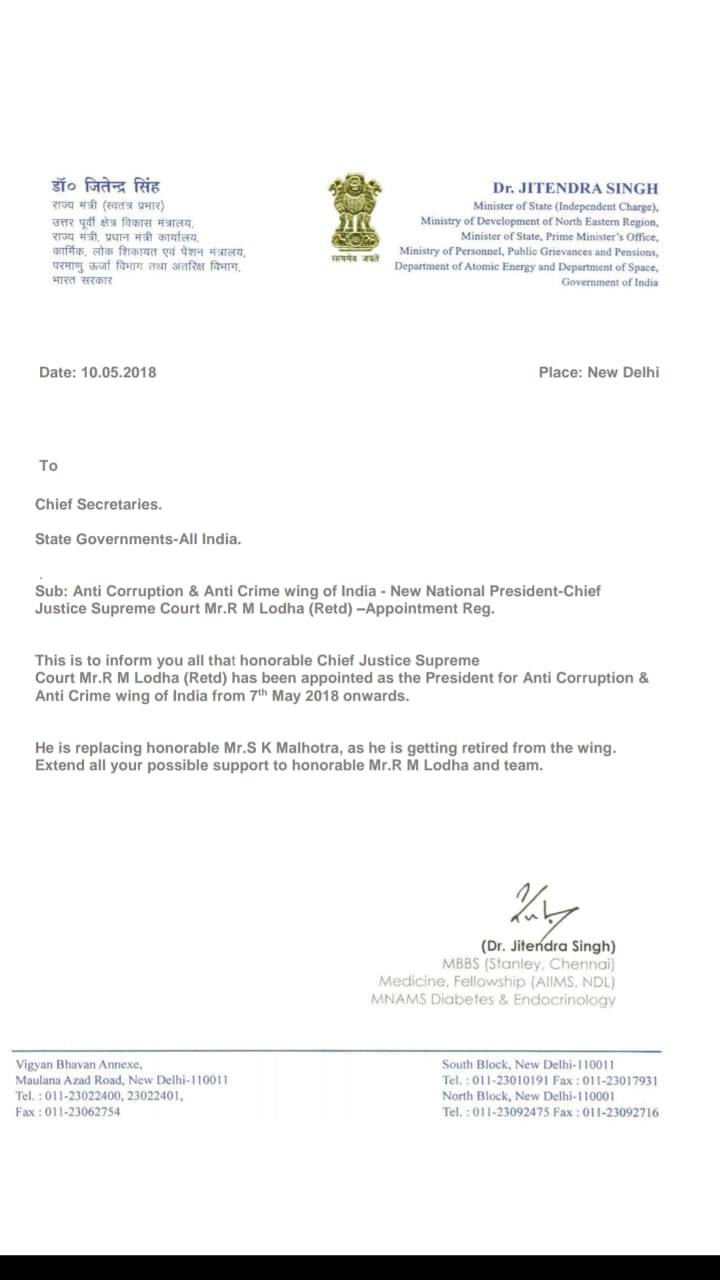The law regarding Section 65B of Indian Evidence Act 1872 was laid down on 17th October 2000 when the amendment was passed after Information Technology Act 2000 was notified. However the lack of proper understanding of the purpose of the section continues till date.
The judgement in the case of Puneet Prakash Vs Suresh Kumar Singhal (RFA 744/2016) in the High Court of New Delhi (Judgement reserved on 30th May 2018 and published on 13th July 2018) is yet another judgement where the Judge of the day has used his discretion to interpret the law as he deems fit.
The judgement was on account of an appeal filed against the earlier judgement of the Trial Court dated 18th August 2015 from a lower court in which they were the plaintiffs. The then dispute was on an incident which occured on 3rd January 2005 in which certain photographs were taken and became evidence in the case. The main dispute was regarding a rental agreement dating back to 1994 in which the grand mother of the appellants was the owner and the defendant was the tenant who had rented the property way back in 1975 from the erstwhile owner of the property from which the grand mother of the appellants had purchased it. The property consisted of a house along with two tenanted shops and the defendant was the tenant of one of the shops which consisted of two portions one of which was a store/office. The dispute was that the rent of Rs 3000/- pm as agreed was not paid and also that on 3rd January 2oo5, the appellants came to know that the defendants had illegally tresspased into a storeroom at the back of the shop by breaking the wall. Consequently, Puneet Prakash (appellants of this case and plaintiffs) filed an “Eviction Petition” before the Assistant Rent Controller (ARC) Delhi (which is stated to be pending). It is interesting to note that the property allegedly broken into was not part of the tenanted portion but the plaintiffs claimed the relief from the ARC for decree for possession of one portion of the property which was in the custody of the defendants and also increase the rent for another portion.
The evidence presented included a site plan showing the disputed properties and a photograph taken on a digital camera showing a small gate in the back wall of the store (which was broken into allegedly). The photograph was taken by Varun Prakash (brother of Puneeth Prakash the plaintiff) who was the principal witness 1. (PW1). The defendants claimed that there was no such gate and there was a wall in its place and the photograph was manipulated.
The Trial Court had dismissed the evidence and concluded that even the rent deed was not properly established as it was only a photo copy. Even the will executed by the grandmother of the plaintiffs was not considered as established. Incidentally, while speaking of the site plan and the photograph, going by a siteplan filed with the eviction petition, concluded that there was no gate at the rear of the store as claimed by the plaintiff and also refused to consider the photographs produced as evidence on the basis of the Anvar P.V. Vs P.K. Basheer (2014) 10 SCC 473. The trial court also held that the suit was barred by limitation.
During the appeal it was argued that there was a separate entrance to the store on the back of the shop which had been closed by the defendants. The plaintiffs had produced one picture during the Rent Controller proceedings which showed no gate but now produced an earlier photograph which showed the gate as existing prior to the date of the document produced for the eviction petition before the rent controller.
From the above description it is clear that this is a typical case of a rent dispute where the owner is aggrieved because of the low rent etc and the tenant claims rights by possession for over 33 years.
Justice Pratibha M Singh in her judgement has however taken a view that over turned the trial court order and allowed the appeal. In the process the Judgement passes its own interpretation of Section 65B which needs to be questioned. The judgement also ignores several other established principles which together with the ruling on Section 65B indicates that the judgement is perhaps flawed on more than one ground. We shall however restrict ourselves to the discussion on Section 65B.
The judgement makes the following statements.
“..these photographs are disputed by the Defendant on the ground that these photographs are digital photographs and were not proved in accordance with law. The Trial Court has held that the photographs having not been proved as per the dictum of the Supreme Court in Anvar vs Basheer (supra), cannot be taken in evidence. The said objection is not tenable inasmuch as the objection raised is that the negatives in respect of these photographs have not been placed on record. It is a matter of which judicial notice ought to be taken that digital photographs no longer have negatives, as in olden times. PW-1 has clearly stated in his affidavit that the photographs were taken on a digital camera. The relevant portion of his affidavit is set out below: –
“The photographs taken on digital camera showing small gate in the back wall of the
small store are Ex.PW-1/9 (colly).”
(Ed: Colly is the short form for the word collectively. It denotes that there are more than one document in the particular annexure.)
“In his cross-examination, this evidence is not impeached. He asserts in his cross-examination is as under
“The photographs Ex.PWl/9 (colly) were taken by me and got the said photographs developed from one shop at Kalka Ji but I do not remember the name of the said shop. I do not remember as to how many photographs are developed by me from the said shop at that time. I might have obtained cash memo for developing of the photographs from the said shop. I do not remember the amount paid by me for developing charges. It is wrong to suggest that Ex.PWl/9 (colly) are manipulated and are not of the property in dispute.”
He asserted that the photographs were taken by him personally and he got them developed. The Defendant has tried to confuse the issue by relying upon PW-1’s cross-examination in respect of Shop No.2 for which PW-1 stated that there was no gate between the store shown in black colour and Shop No.2. This is not to be confused with the shop in issue which is Shop No.1 and the store behind it, which is the suit property. The Defendant did not produce any photographs to show that the position on the spot is different than what is shown in Exhibit PW-1/9 (colly).
In his cross examination, DW-1 merely denies the existence of the door/gate as shown in Exhibit PW-1/9 (colly).
Insofar as proving of the photographs under Section 65B of the Indian Evidence Act (hereinafter, Evidence Act) is concerned, when photographs are taken digitally and the person taking the photographs himself has deposed in the Court, his statement that he got the photographs developed himself is sufficient and satisfy the requirements of Section 65B of the Evidence Act.
Section 65B of the Evidence Act is not to be applied mechanically. A digital photograph which is proved constitutes electronic evidence, which is admissible. The Defendant has not filed any other photographs to show or establish that the position on spot is different from what is depicted.
Recently in Shafhi Mohammad v. State of Himachal Pradesh (2018) 2 SCC 801 the Supreme Court held as under:
“29. The applicability of procedural requirement under Section 65-B(4) of the Evidence Act of furnishing certificate is to be applied only when such electronic evidence is produced by a person who is in a position to produce such certificate being in control of the said device and not of the opposite party. In a case where electronic evidence is produced by a party who is not in possession of a device, applicability of Sections 63 and 65 of the Evidence Act cannot be held to be excluded.
In such case, procedure under the said sections can certainly be invoked. If this is not so permitted, it will be denial of justice to the person who is in possession of authentic evidence/witness but on account of manner of proving, such document is kept out of consideration by the court in the absence of certificate under Section 65-B(4) of the Evidence Act, which party producing cannot possibly secure. Thus, requirement of certificate is not always mandatory.
30. Accordingly, we clarify the legal position on the subject on the admissibility of the electronic evidence, especially by a party who is not in possession of device from which the document is produced.
Such party cannot be required to produce certificate under Section 65-B(4) of the Evidence Act. The applicability of requirement of certificate being procedural can be relaxed by the court wherever interest of justice so justifies.”
The Plaintiffs having deposed that he took the photographs himself, got them developed and filed them in the Court, the non-filing of negatives cannot be a ground to reject them, especially since they are digital photographs. Thus, in the facts of the present case, the photographs are taken to be proved in accordance with law.
The above conclusion arrived in the judgement reflects an arbitrary interpretation of the law and deserves to be challenged.
The judgement records that in the case of digital documents, there is no “negatives” but accepts the contention of the witness that he himself “Developed” the photographs. The photographer in this case is the plaintiff himself and had a vested interest and hence the possibility of manipulation should be presumed.
Hence this is a case where the procedures of Section 65B(4) should have been strictly interpreted and there was no scope for relaxation except giving a room for speculation that the judgement is not based on facts and principles of justice.
In order to justify the upholding of the appeal and accept the digital evidence produced by a party with vested interest, the Court has taken refuge under the Shafhi Mohammad judgement which itself was a faulty judgement in which a two member bench over ruled an earlier three member judgement using an SLP as an excuse.
The witness claims to have taken the pictures himself and also “Developed” it himself. Even according to the Shafhi Mohammad judgement, he should have then produced the original camera and the storage device inside the camera. The Judge seems to have not raised this requirement. Then the witness says that he does not remember where it was developed etc and prevented further evidence to be presented.
Assuming that the digital photographs were processed into a printed photograph as it appears to be the case in this process, the digital process involves conversion of the digital file into a “negative” and then printing the “negative” into a positive. If this was the process used, then there should be a negative.
If the digital file was directly fed into a printer and printed out on an inkjet type of printer, then it is a digital printing process and the photograph is a “Computer Output” as per Section 65B of Indian Evidence Act 1872 and by virtue of Section 65A of the Act, can be accepted only on the production of a section 65B certificate by the person who converted the digital bytes into a “Computer Output” in the form of a photo.
The judgement is therefore completely arbitrary and fallacious.
It appears that in trying to find justice to what could be a rental dispute the High Court where the evidence seemed to be heavily loaded against the appellant, the High Court has over stepped its limits and passed an order justifying the presentation of digital evidence against the provisions of the law and the rule laid down by the Supreme Court in the P. V.Anvar Vs P.K. Basheer case.
As long as such judgements can be brought out of our Courts, the justification for strict compliance of Section 65B(4) actually increases.
I hope this verdict is over turned quickly in a further appeal.
Naavi

